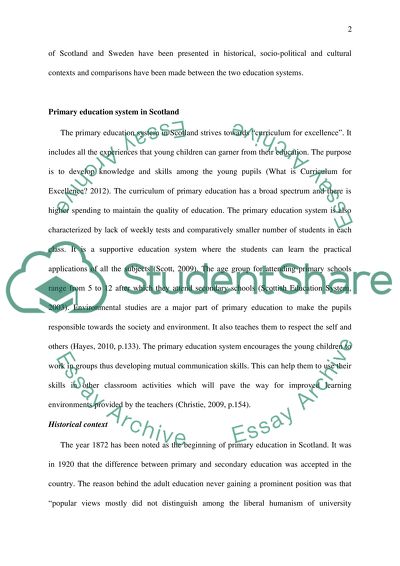Cite this document
(“Education Systems in Scotland and Sweden Essay Example | Topics and Well Written Essays - 3000 words”, n.d.)
Retrieved from https://studentshare.org/education/1454158-critically-compare-and-contrast-the-scottish
Retrieved from https://studentshare.org/education/1454158-critically-compare-and-contrast-the-scottish
(Education Systems in Scotland and Sweden Essay Example | Topics and Well Written Essays - 3000 Words)
https://studentshare.org/education/1454158-critically-compare-and-contrast-the-scottish.
https://studentshare.org/education/1454158-critically-compare-and-contrast-the-scottish.
“Education Systems in Scotland and Sweden Essay Example | Topics and Well Written Essays - 3000 Words”, n.d. https://studentshare.org/education/1454158-critically-compare-and-contrast-the-scottish.


